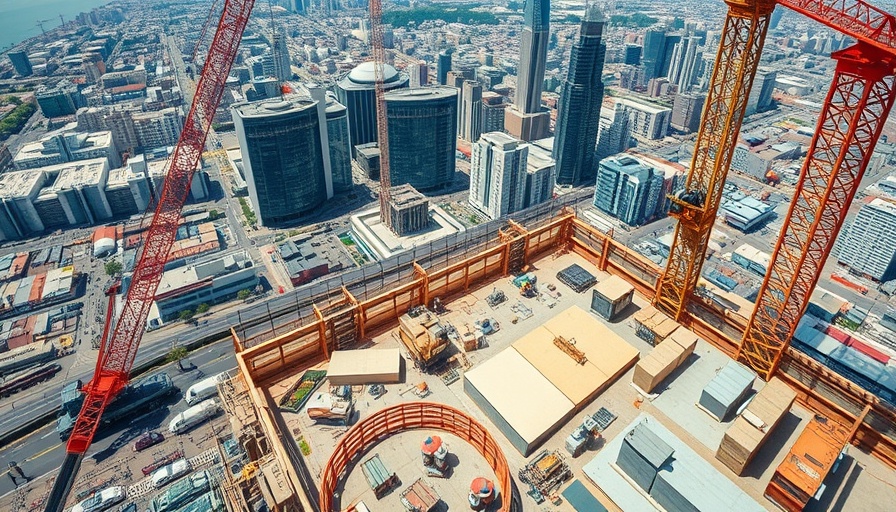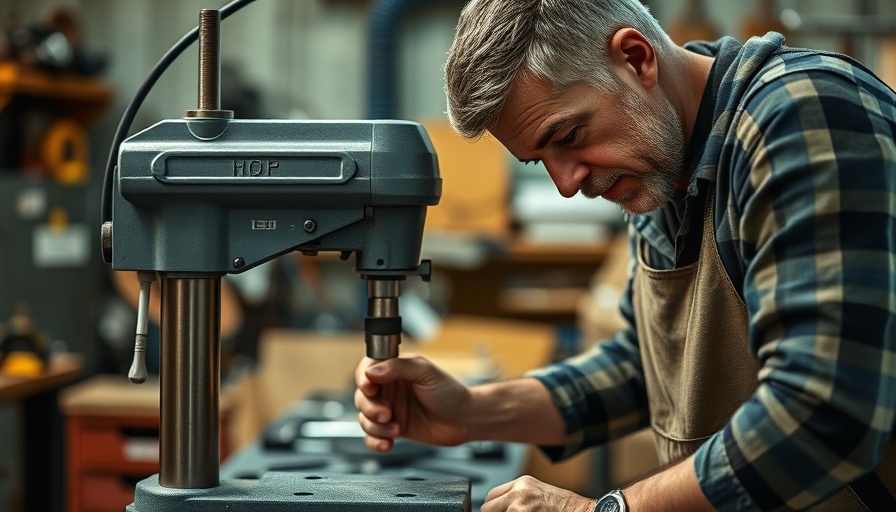
Revolutionizing Homes with Smart Electric Blinds
As sustainable living embraces technological advancements, electric blinds have emerged as one of the frontrunners in the quest for smart home solutions. These motorised window treatments blend seamlessly into modern architecture, offering an ingenious way to manage natural light while maintaining energy efficiency. For young homeowners in London, this innovation not only enhances convenience but symbolizes a forward-thinking approach to home improvement.
Why Choose Electric Blinds for Your Home?
Electric blinds, also known as motorised or smart blinds, are designed for effortless operation. A small electric motor allows these blinds to be adjusted via remote control, smartphone app, or even home automation systems. Such convenience is particularly beneficial for high and awkwardly positioned windows, such as gable-end windows. This unique architectural feature, common in London’s modern lofts and extensions, presents challenges for traditional window treatments, making smart blinds a perfect fit.
Maximizing Energy Efficiency
One of the standout benefits of electric blinds is their significant impact on energy bills. By integrating sensors that respond to time of day or weather changes, these smart blinds ensure optimal solar control throughout the year. When sunlight pours in during the summer, they can automatically close to prevent overheating. Conversely, in winter, they help retain warmth by keeping heat inside. According to the Energy Saving Trust, effectively utilising window treatments can lead to impressive savings—up to 20% on annual energy costs.
The Growing Popularity of Gable Blinds
The need for electric gable blinds has surged as more homeowners seek solutions that combine aesthetics with functionality. These blinds offer sophisticated design options that can complement any interior, making them not just practical but also a stylish addition. Imagine integrating these smart blinds not just for practicality but also as a statement piece that enhances your home's architectural prowess.
What to Look for When Choosing Smart Blinds
When it comes to selecting electric blinds, various factors should guide your decision beyond mere aesthetics:
- Compatibility: Ensure the blinds are compatible with your existing smart home systems. This connectivity allows for seamless integration and control.
- Energy Savings Features: Look for models equipped with advanced solar sensors or programmable features that enhance energy efficiency.
- Design Flexibility: Choose blinds that offer a blend of style and substance, fitting the specific measurements and shapes of your windows.
Building a Sustainable Future
Transitioning towards electric blinds may seem like a small step, but it represents a larger commitment towards sustainable living and eco-friendly practices. Every element of construction and home improvement plays a crucial role in reducing overall carbon footprints. With electric blinds, not only are young homeowners investing in technology but they are also contributing to environmental preservation.
Conclusion: Embrace Smart Living
The journey towards smart living in London is beautifully interwoven with innovations like electric blinds. As you contemplate your next home improvement project, consider how this modern solution can elevate your space in both style and functionality. It's time to embrace technology in your living spaces and lead the charge towards a smarter, more sustainable future.
If you are ready to transform your home with electric blinds, explore local resources and guides available to help you take the next step. Implementing these innovations promises a comfortable, efficient, and stylish living environment.
 Add Row
Add Row  Add
Add 




Write A Comment